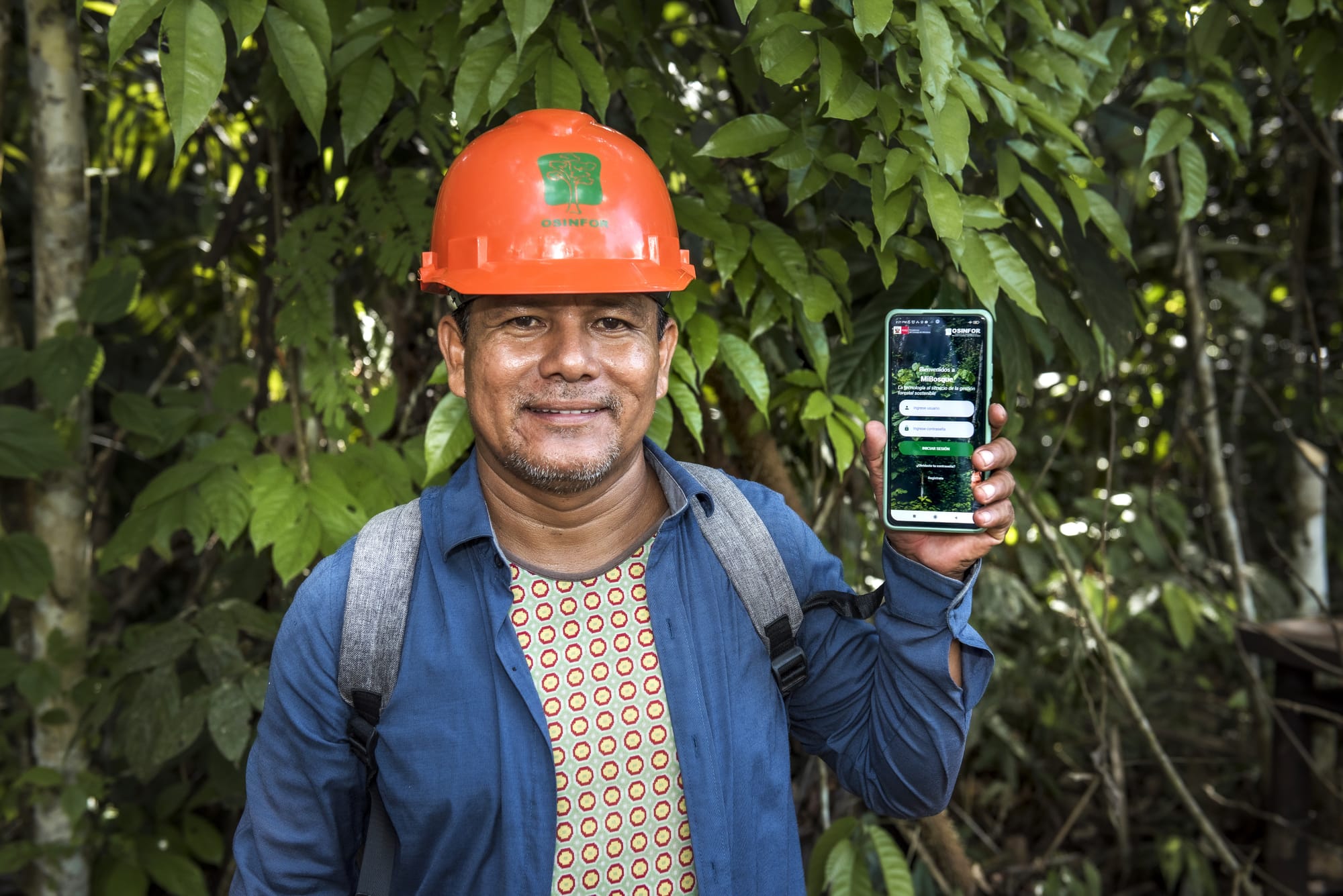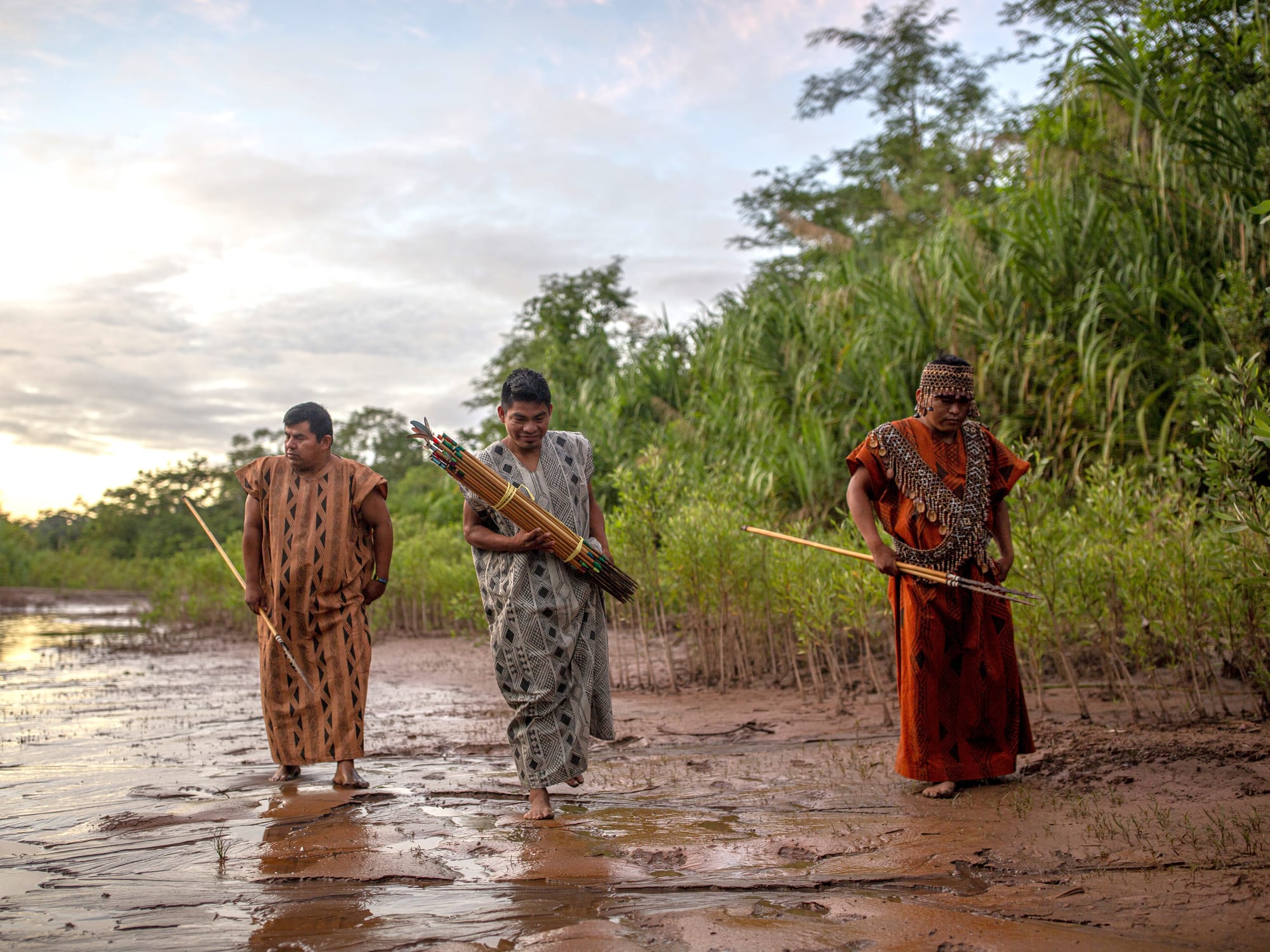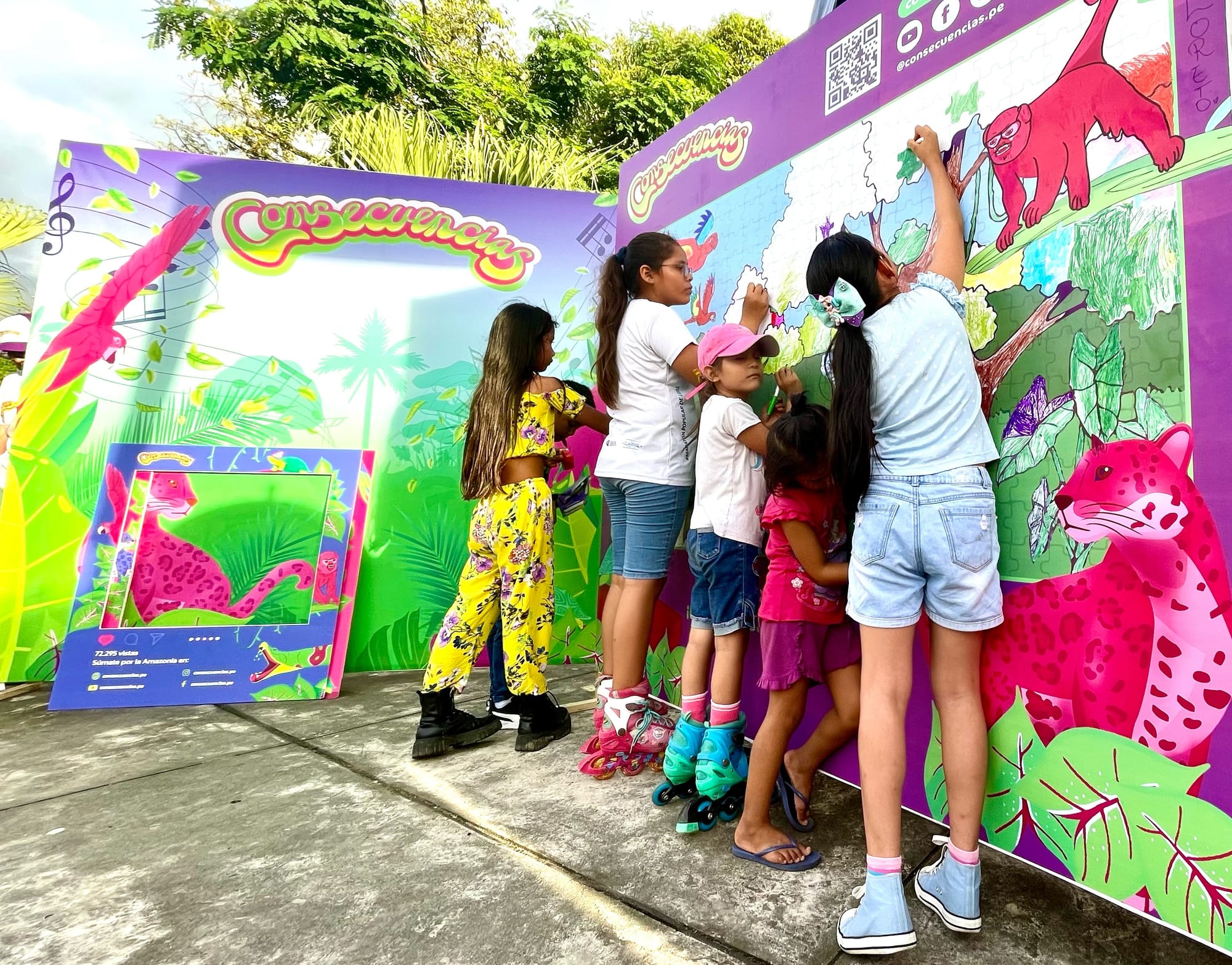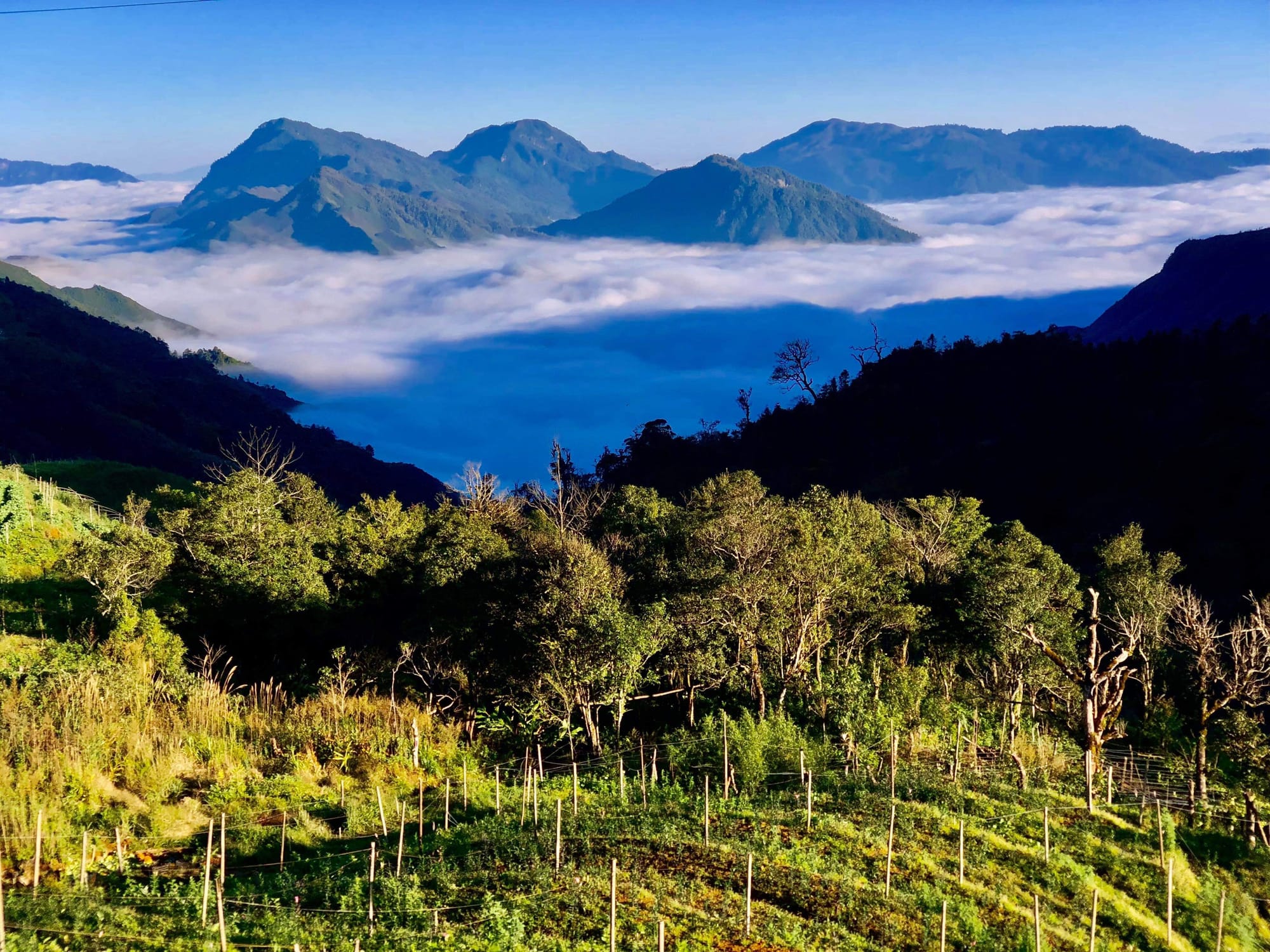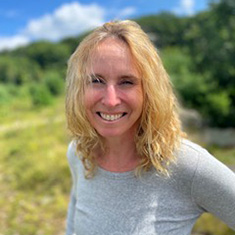Peru is the ninth most forested country in the world, but high poverty rates, ill-planned infrastructure projects, and increasingly common illegal activities such as land appropriation, logging, and illicit crops contribute to deforestation rates exceeding 130,000 hectares per year.
This forest loss threatens biodiversity, jeopardizes livelihoods, and accounts for more than half the country’s greenhouse gas emissions. When the USAID Prevent project was launched in 2019, improving the supervision of forestry activities and tackling illegal logging—which represents 37 percent of all timber produced in Peru—was an urgent challenge. And that challenge was compounded by the brute facts of Peru’s geography and infrastructure.
In the Peruvian Amazon, rivers are like roads; public transportation, trade, productive activities, and even public services such as health and education rely on their streamflow. Distance is usually measured in river bends, and journeys might take several hours to several days to navigate.
In this context, getting from an Indigenous community deep in, say, the region of Ucayali, to its capital city of Pucallpa to comply with forest management reporting requirements can turn an ordinary administrative obligation into an insurmountable task for forest users. This puts them at risk of fines and sanctions and delays reports of illegal activities in their territories, thereby compromising the authorities’ already limited ability to supervise forest activities.
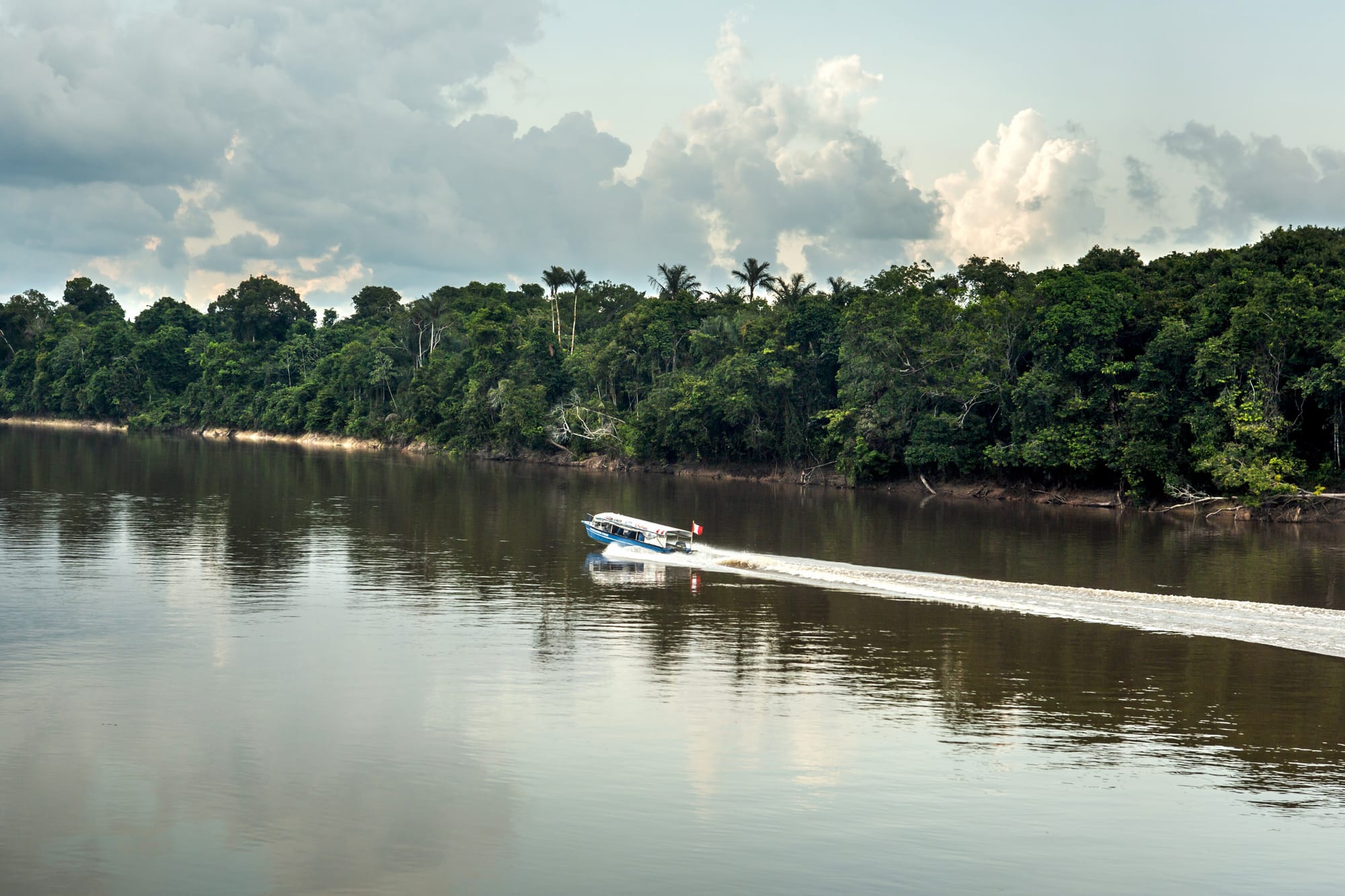
Innovative Solutions for Sustainable Forest Management
Peru’s forests are vast, and the administration involved in sustainable forest management—from acquiring permits and licenses to final trade and export—can involve 20 or more government agencies at the local and national levels. Peruvian stakeholders recognized that the journey toward a better organized and more sustainable forestry sector requires broad inter-institutional collaboration, effective technological tools, and large-scale capacity-building efforts.
USAID Prevent worked closely with these stakeholders—including the Forestry and Wildlife Resource Oversight Agency (OSINFOR), local governments, and Indigenous federations—to facilitate collaborative and more effective approaches to supervising forest use. At the same time, the project was focused on helping to prevent and sanction environmental crimes such as illegal logging, mining, and wildlife trafficking.
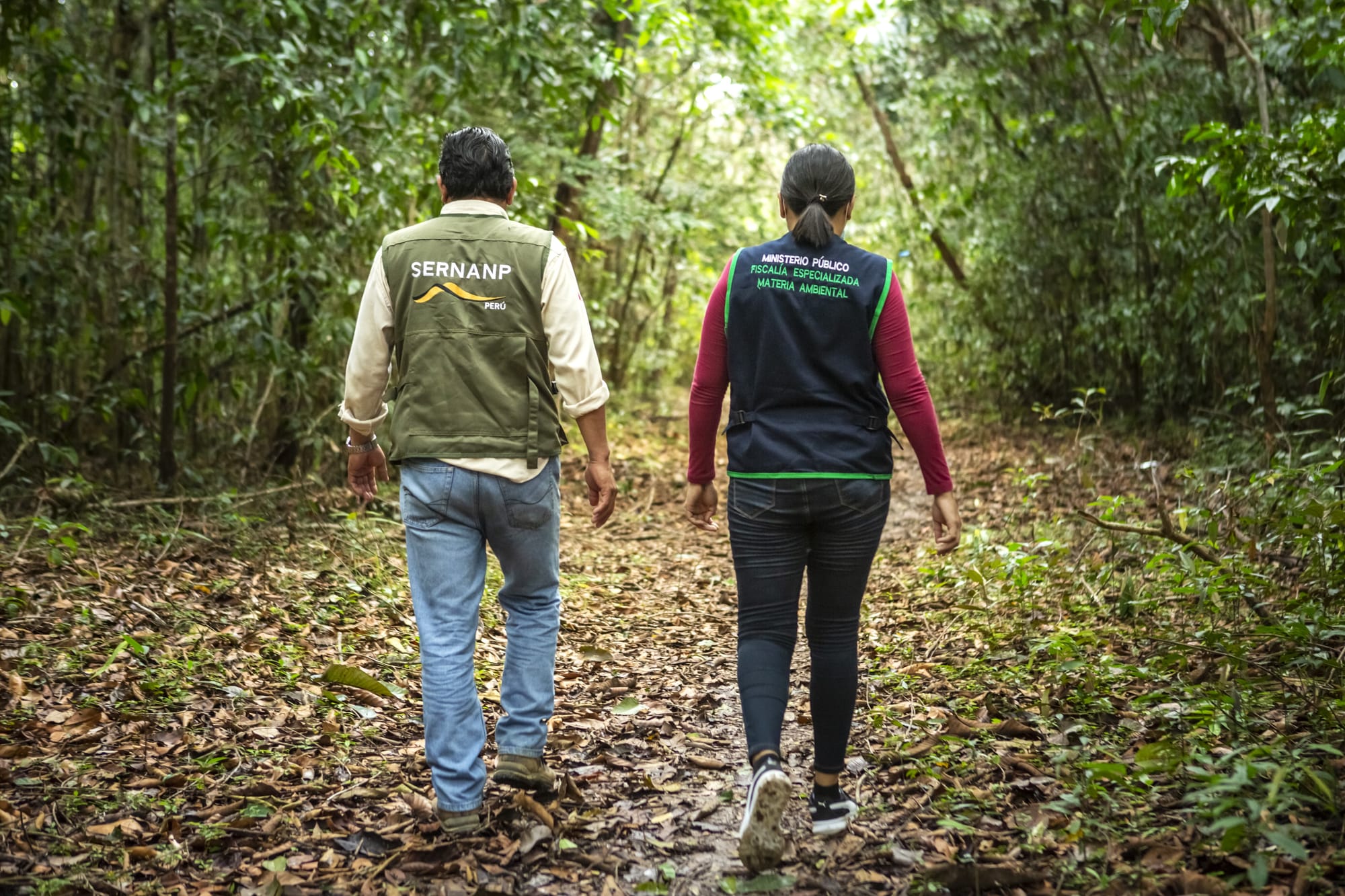
The first step was to enable relevant government agencies to quickly access and exchange information on forest management. With assistance from Prevent, OSINFOR’s Digital Archive Information System (SIADO) was optimized, affording government agencies such as the National Forest and Wildlife Service, regional governments in the Amazon, and the Specialized Prosecutors’ Offices for Environmental Crimes online access to all forest concession and permitting documentation. For the first time, these agencies gained ready access to forest user reports and information on potential infractions, enabling them to implement environmental crime prevention measures far more efficiently and leading to over 520 charges filed against environmental crime offenders during the life of the activity.
Prevent helped make the Attorney General's Office (PGE) Single Administrative File System and SIADO platforms compatible so that PGE was able to access OSINFOR’s forest management reports, providing critical information to expedite investigations and propose effective sanctions. In turn, OSINFOR supervisors could also access PGE information on environmental infraction cases and investigations, which allowed them to plan interventions and advance administrative and possible sanction processes.
Forest Governance in Hand—Literally
This stepped-up information sharing between authorities made for better-informed decision-making and streamlined their joint actions, but forest users and authorities still needed a more efficient way to share information. So Prevent and OSINFOR created the MiBosque mobile App, a groundbreaking tool through which forest users can formally report their activities and upload or access critical information in real time without time-consuming and costly travel.
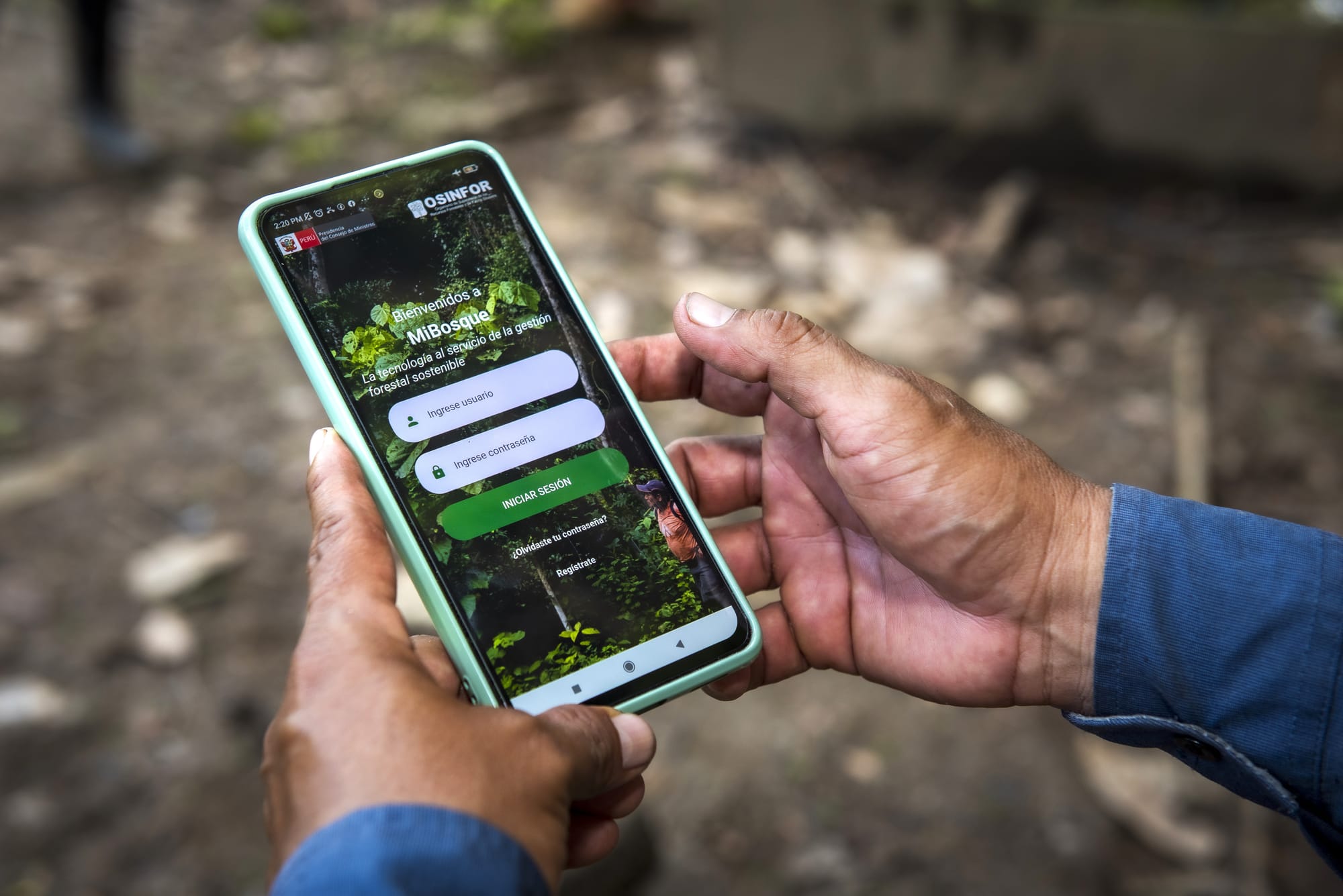
The MiBosque application was validated in trials involving hundreds of forest users and ultimately customized to meet the particular needs of Indigenous peoples and forest concessionaires. The app streamlines forest management for more than 1,000 forest users, allowing them to submit and track required reporting and communicate with forest authorities. Through their phones, they can register, photograph, geo-reference, and report licit and illicit activities in their territories, enabling authorities to reduce their response time from months to minutes.
In addition to MiBosque, 16 other tech tools have been developed or improved with Prevent’s assistance, improving forest management across 290,000 ha. in the Loreto, Ucayali, and Madre de Dios regions and enabling an increase of more than 400 percent in reporting on illegal activities detected with these tools. The combination of timely reporting, better supervision of forest use, and more effective monitoring of environmental crimes means forest users can ensure good record-keeping and traceability for their products, allowing them to access premium markets—a win-win formula for authorities, forests, and people.


